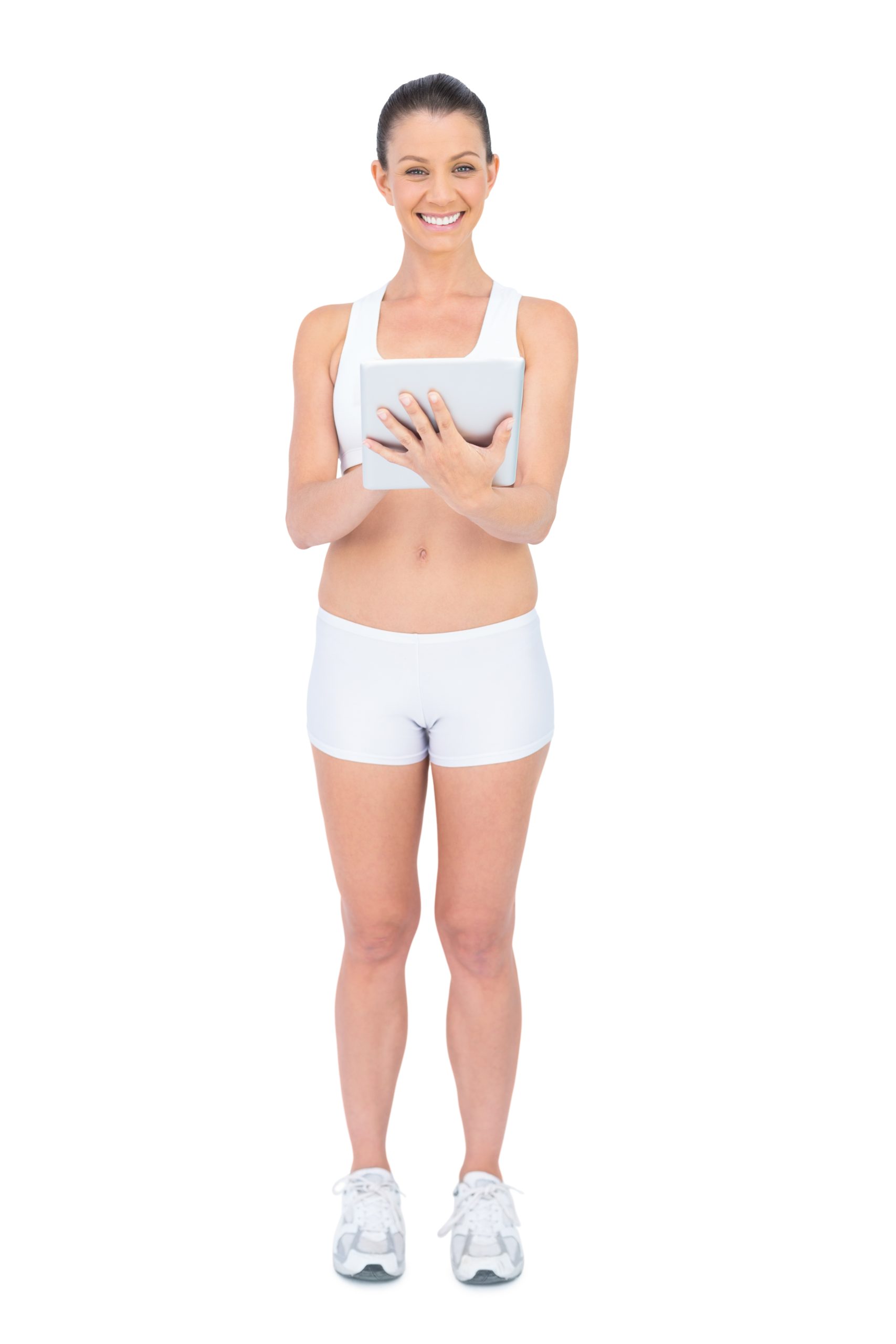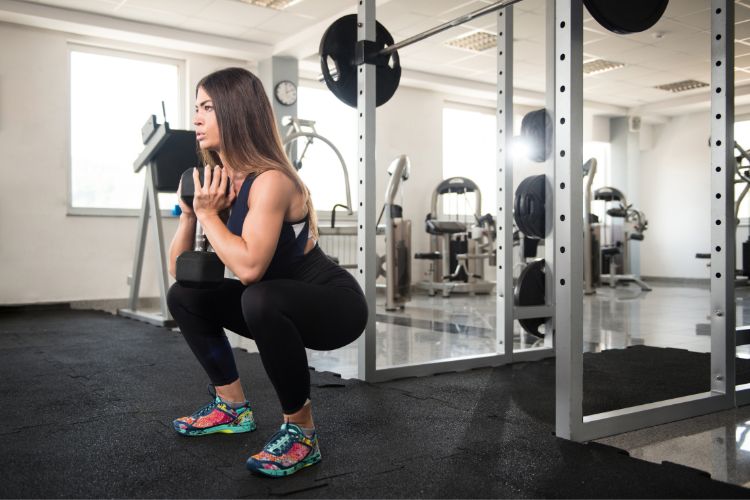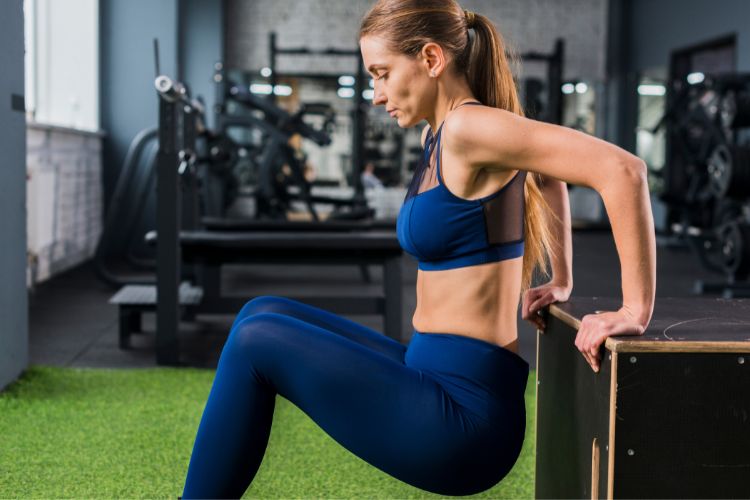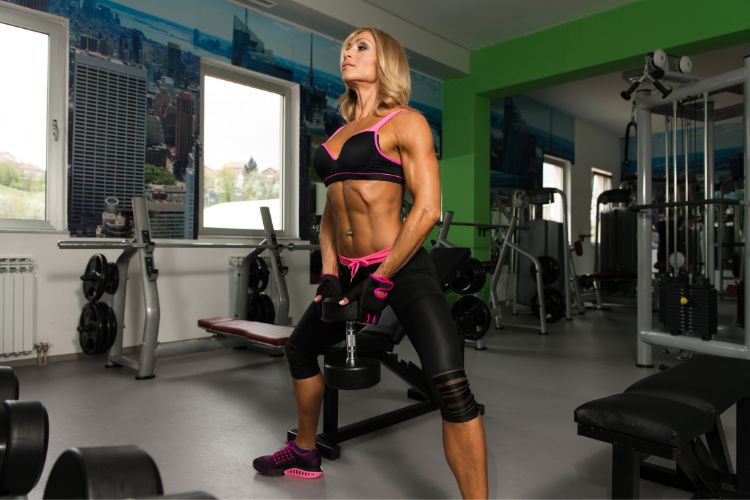Sign up for workout ideas, training advice, reviews of the latest gear and more.






If you’re serious about building a strong, defined core, hanging leg raises should be at the top of your workout list. This powerful bodyweight exercise targets your lower abdominal muscles while also improving core stability, grip strength, and overall athletic performance. In this comprehensive guide, we’ll break down everything you need to know about hanging leg raises for lower abs—from technique tips to workout variations and benefits.
Hanging leg raises are a core strengthening movement performed by hanging from a pull-up bar and lifting your legs toward your chest or above, depending on your fitness level. The exercise is known for its ability to isolate and work the lower abdominal region, which is often the most challenging area to develop.
The lower abdominal muscles, part of the rectus abdominis, are often underdeveloped in comparison to the upper abs. This imbalance can affect posture, contribute to lower back pain, and make it harder to achieve a well-defined six-pack. Hanging leg raises directly target the lower abs, helping improve muscle engagement and build a sculpted midsection.
Hanging leg raises create significant tension in the abdominal muscles. The movement requires active stabilization from the entire core, with a focus on the lower abs, making it one of the most effective bodyweight core exercises.
Since you hang from a pull-up bar, your grip is continuously engaged throughout the movement. This provides a secondary benefit by improving your grip strength and endurance.
As you raise your legs, the hip flexors are activated. This promotes better flexibility and strength in the hip region—key for explosive athletic movements like sprinting and jumping.
Strong lower abs help maintain pelvic alignment and spinal posture. Hanging leg raises can reduce anterior pelvic tilt and contribute to better functional movement patterns.
Mastering hanging leg raises opens the door to advanced calisthenics movements like toes-to-bar, L-sits, and front levers. It’s a gateway to elite bodyweight strength.
Perfecting your form is essential to maximize lower ab engagement and avoid injury.
Hanging leg raises primarily target:
This combination makes hanging leg raises a compound core movement, stimulating multiple muscle groups simultaneously.
Using momentum reduces the tension on the abs and turns the exercise into a hip swing. Focus on controlled reps for maximum effectiveness.
Unless you’re doing hanging knee raises, keep your legs straight to challenge the lower abs.
Failing to activate your core results in poor form and less muscle activation. Brace your abs as if preparing for a punch.
This can lead to discomfort or injury. Keep your lower back neutral throughout the movement.
To add variety and suit different fitness levels, try these modifications:
Instead of lifting straight legs, bend your knees and bring them up toward your chest. This is easier and ideal for beginners.
Raise your legs all the way up until your toes touch the bar. Requires superior core strength and flexibility.
Hold a light dumbbell or ankle weights between your feet to increase resistance and overload your core.
Lift your legs to the left and right in an alternating fashion to target the obliques.
Instead of reps, lift and hold your legs parallel to the floor for time. This isometric variation is excellent for endurance.
Here’s a sample workout circuit to include hanging leg raises into your lower ab training routine:
| Week | Sets | Reps |
|---|---|---|
| 1 | 3 | 8 |
| 2 | 3 | 10 |
| 3 | 4 | 12 |
| 4 | 4 | 15 |
As you progress, increase time-under-tension by slowing down the lowering phase or adding resistance.
You can add hanging leg raises to your:
Perform the exercise 2–3 times per week with rest days in between to allow muscle recovery and optimal growth.
If grip strength is a limiting factor, use straps to stay focused on core engagement.
Strengthen your scapular stabilizers with exercises like scapular pull-ups to improve control during hanging leg raises.
Improve your hang time and grip strength by holding onto a bar for time. Start with 20-30 seconds and progress weekly.
Yes, for targeting the lower abs, hanging leg raises provide deeper muscle activation and a fuller range of motion than traditional crunches.
Beginners can start with hanging knee raises or floor leg raises before progressing to full hanging leg raises.
Start with 3 sets of 8–10 reps. Gradually increase reps and sets as your strength improves.
Hanging leg raises help build muscle definition in the lower abs, but visible abs also require low body fat through proper diet and cardio.
Hanging leg raises are a powerhouse movement for sculpting a strong, aesthetic core—especially the often-neglected lower abs. Whether you’re training for aesthetics, performance, or core endurance, this bodyweight movement should be a staple in your workout routine. With the right form, consistency, and progression, you’ll start seeing and feeling the results in no time.
Start slow, stay consistent, and embrace the burn. Hanging leg raises are more than just an ab move—they’re a full-core challenge that will level up your entire fitness game.
Stay up to date on the latest women’s health, fitness and lifestyle trends and tips.